Sit still under a tree branch and just listen. Listen. You’ll hear rustling, every so slightly. Your hair blows across your face and tickles your cheeks. You look up into the branches and see a leaf come tumbling down towards you like a feather. Trees are magical.
Sitting under trees and listening to the leaves blow in the wind is something we seldom take time to do any longer. However what if there were no trees, no possibility of ever sitting under a tree and watching the branches sway, and listening to the leaves flap against one another? We’d suddenly long for them. Welcome to Nome Alaska, an Arctic landscape with no trees.
Table of Contents
A Tree Oasis Near Nome
However, there’s a hidden oasis if you care to go for an adventure on one of the three roads to nowhere that lead out of Nome; Pilgrim Hot Springs is an area where tundra trees grow in abundance. You may think you are seeing a tree mirage as you pull up on the bumpy road to the springs, but you aren’t. It’s real. And it comes with a very real history.
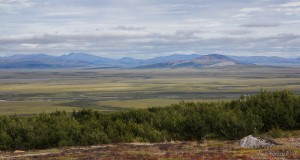
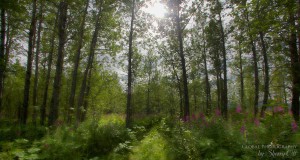
Pilgrim Hot Springs is a subarctic oasis full of tundra trees and bubbling hot springs. From a distance, you see pine trees and balsam poplar trees swaying in the wind. There are old farm buildings, some rusted-out equipment, and steam rising from the lush landscape. It’s a strange scene that you don’t expect to see in the Arctic tundra. However, as you start to walk around the springs, you realize that the buildings you saw in the distance are actually abandoned and run down up close. The area has been abandoned for years and has been left to be taken over by the trees.
Check out my Things to Do in Alaska page to get ideas for a unique Alaska itinerary.
An Epidemic in Nome
In 1919 a Catholic mission was built at the Pilgrim Hot Springs outside of Nome. The area was in the throws of the 1918 Spanish flu which had killed millions of people worldwide. It spread to the Seward Peninsula when a passenger carried the virus to Nome on the last steamship of the season. The flu soon spread inland, where Natives with no resistance to the virus had no chance. All the people in the village of York died, as did 72 of 80 in Brevig Mission. Altogether, more than 1,200 died on the peninsula. Via Alaska Dispatch News
The Catholic Diocese of Nome had acquired the Pilgrim Springs homestead in 1917 and decided to use the land as an orphanage and mission to house the many children who survived the epidemic, but their families didn’t. A number of buildings were constructed with luxuries like flush toilets and hot water heating thanks to the nearby hot springs. The children lived in dorms, and there was a church and living quarters for the 20 priests, nuns, brothers, and others.
Over the years, the flu orphans became adults and the orphanage closed in 1941. And that’s exactly how you’ll see it today – frozen in 1941; abandoned, derelict, and surrounded by tundra trees.
Abandoned Pilgrim Hot Springs Photography
Bring your camera because this is a fascinating place to capture. It’s colorful, eerie, historical, remote, and my favorite – abandoned.
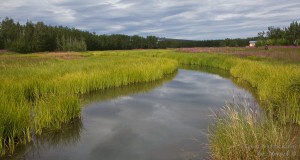
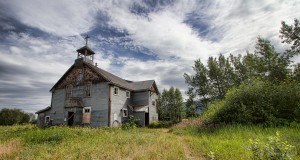
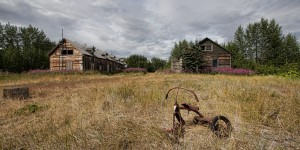
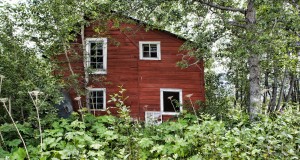
Autumn in Alaska – where to find fall colors
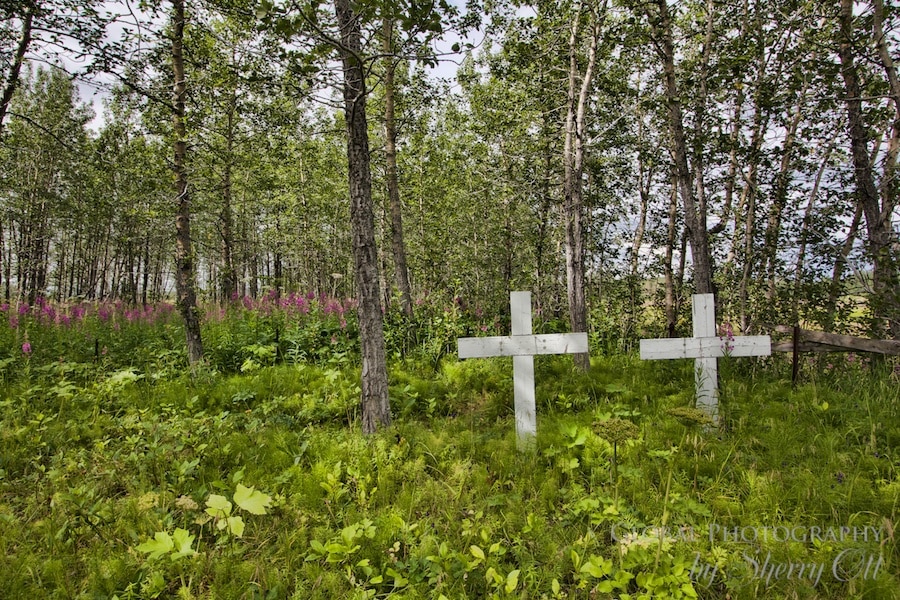
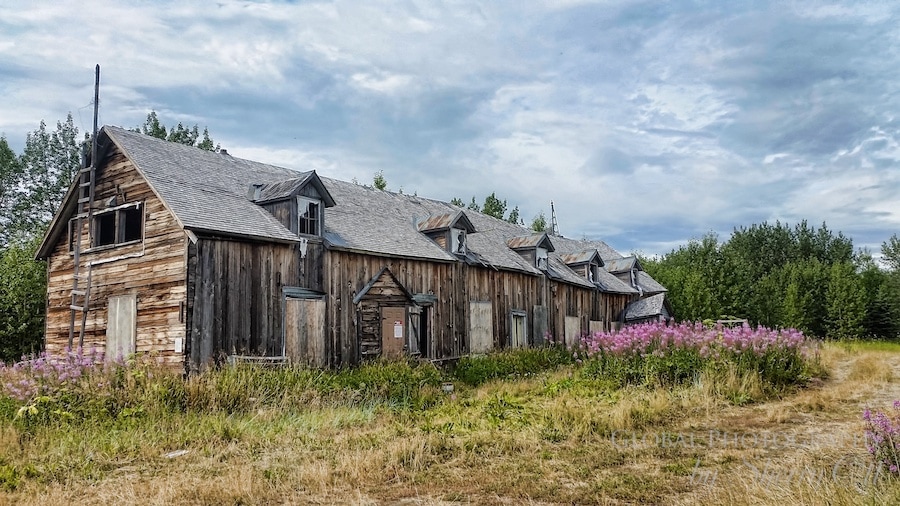
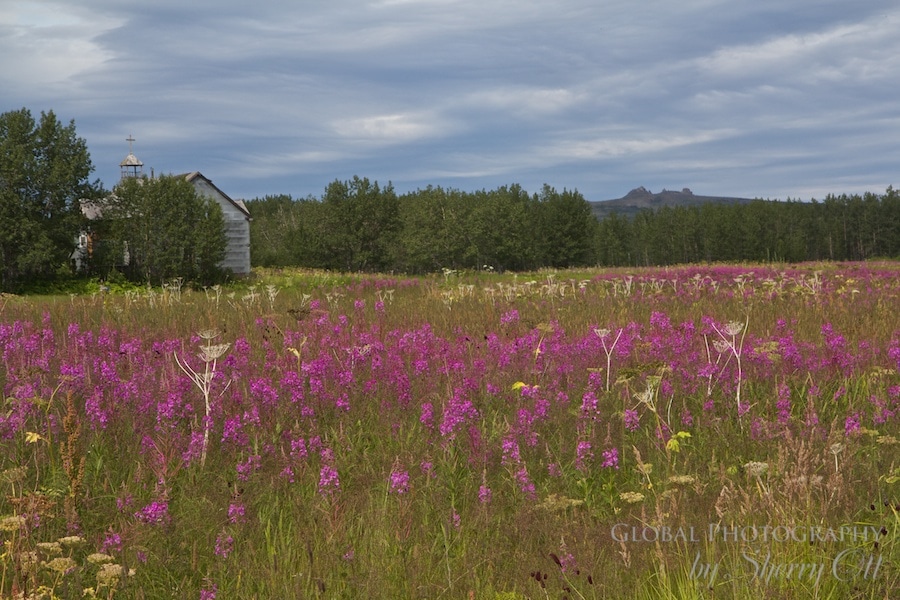
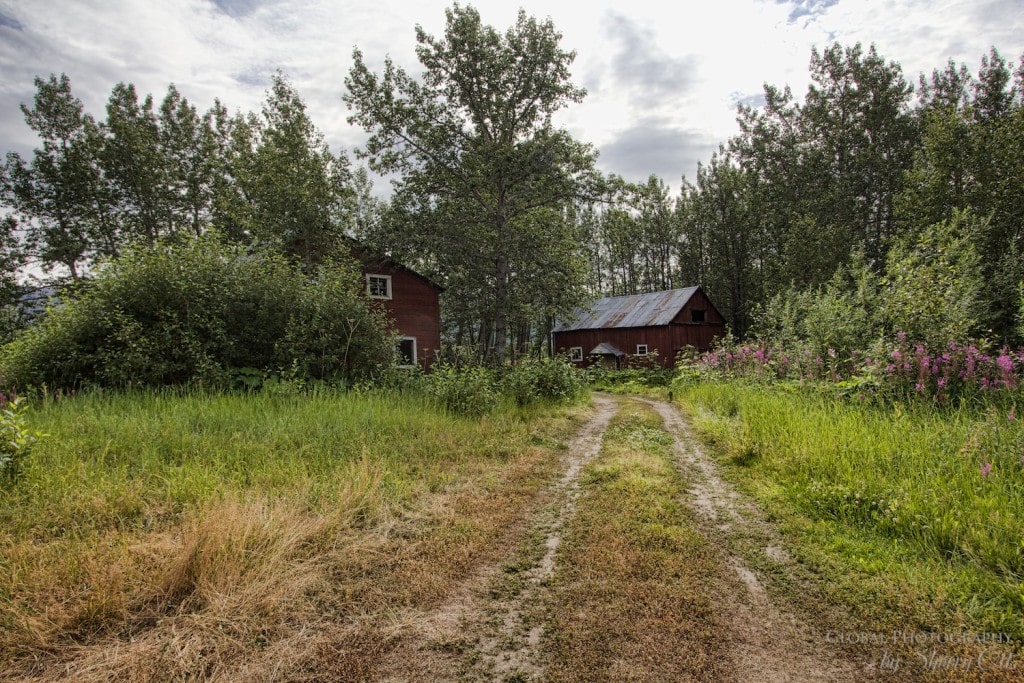
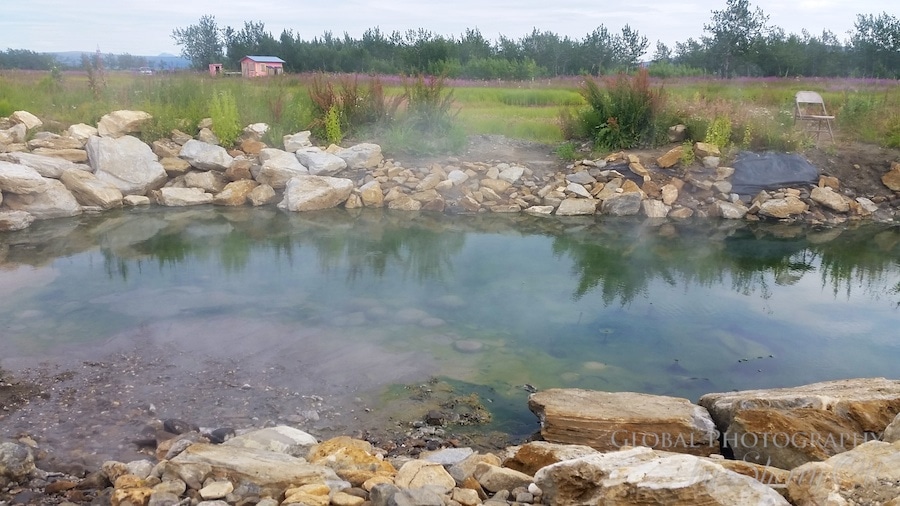
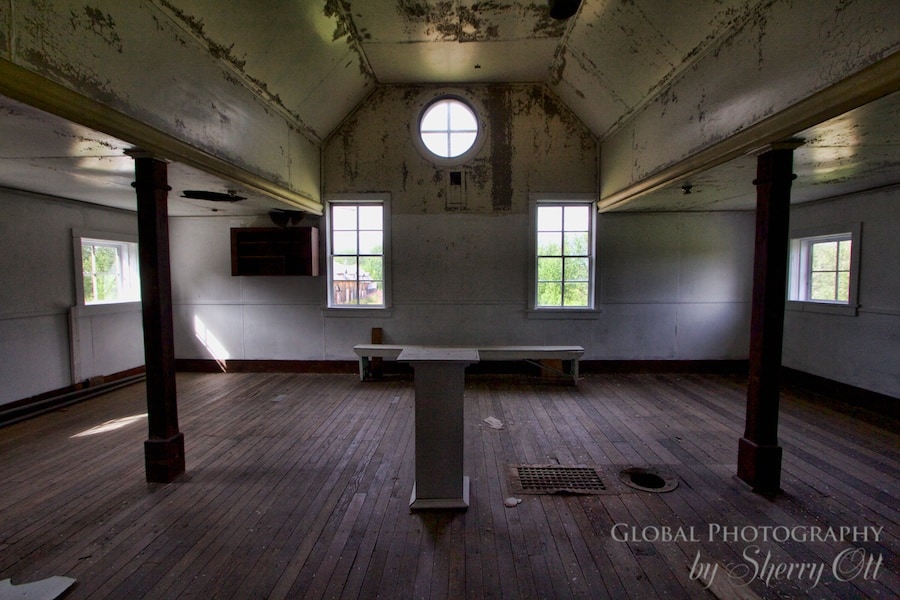
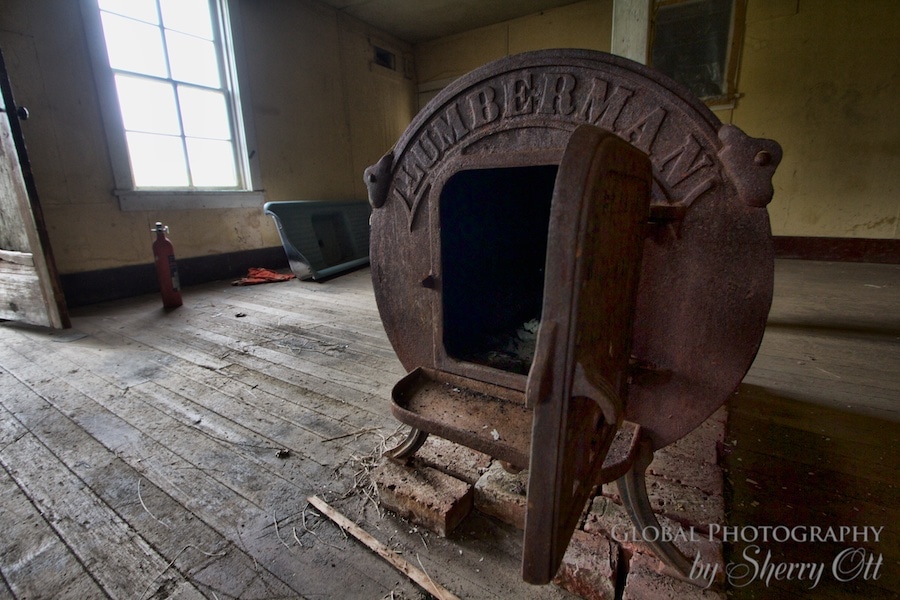
Visit and Photograph Pilgrim Hot Springs
Hire Richard from Nome Discovery Tours
Call: (907) 304-1453 or (907) 443-2814
Learn more at Nome Tourism
Richard will drive you out to this remote area (approximately 1.5 hours outside of Nome) on rough terrain. He’ll give you the history and entertain you all day. You’ll have plenty of time to explore the abandoned buildings and take photos.
Remember to take mosquito repellent and cover up thoroughly …with trees come those HUGE Alaska mosquitos.
Disclosure:
I was a guest of Alaska Tourism during my trip, however all opinions expressed here are my own.


By S. Rajah Iyer April 7, 2016 - 9:53 am
Great
By Claudia April 8, 2016 - 6:53 am
Oh my – this is incredibly beautiful. I have been traveling to hot countries for the past few months, and I am actually in need of some cold weather and silence. I have had Alaska in mind for a while, as well as Banff… it may be time to finally go. I am so glad to have read this post. I would have never known of the orphanage otherwise!
By Gary April 12, 2016 - 6:06 am
I can see how this is an oasis in a land where there are no trees. Looking at some of these photos, it doesn’t even really look like a tundra landscape. Very lush and beautiful. Cool little piece of history too.
By Robin February 23, 2017 - 1:55 pm
You have captured some beautiful images of a place near to my heart. I love the colors, history and even the smell of this place. As a child, I was fortunate to spend a few summers living at the springs with the family of the caretaker. This was in the 70’s, prior to the time the road was built into the springs and the main access was via the river by boat. At this time some of the buildings were occupied by family members. There were gardens, Potatoe fields, geese, goats etc.. it was a magical place with so much beauty! Thank you for sharing.
By Nicole G December 19, 2018 - 2:05 pm
Beautiful photographs of Pilgrim Hot springs! I was wondering if you by any chance had more youd be willing to share? I am an interior design student and I am using this as a site for one of my projects and it is very difficult to find interior images of the buildings. Anything would be lovley! Thanks for sharing!
By Sherry December 27, 2018 - 12:06 pm
Hi Nicole – here are my other images of the hot springs area – https://photography.ottsworld.com/Destinations/NorthAmerica/America/Alaska/Pilgrim-Hot-Springs-Nome/ Do let me know if you need to utilize any. Thanks.